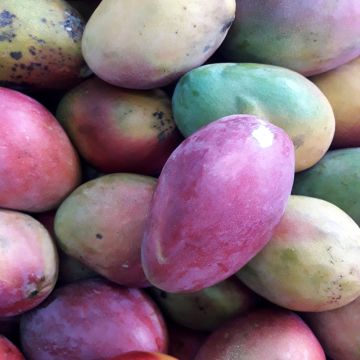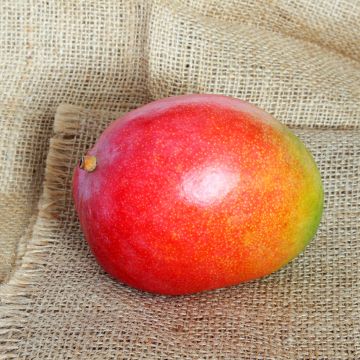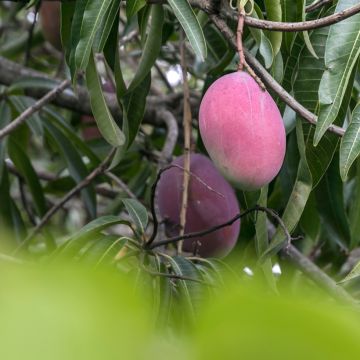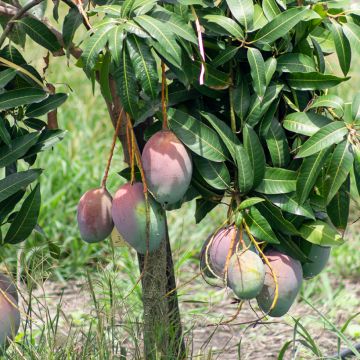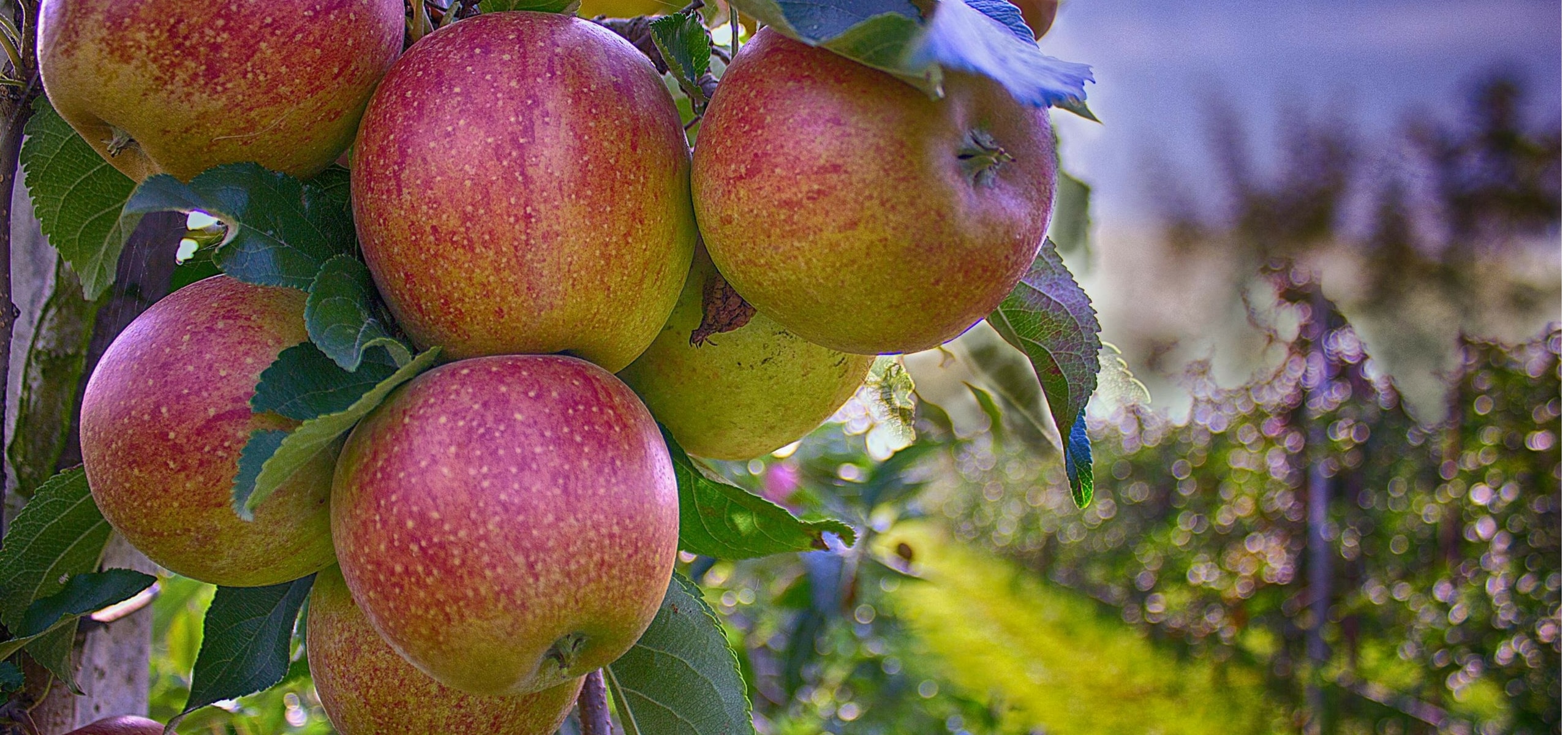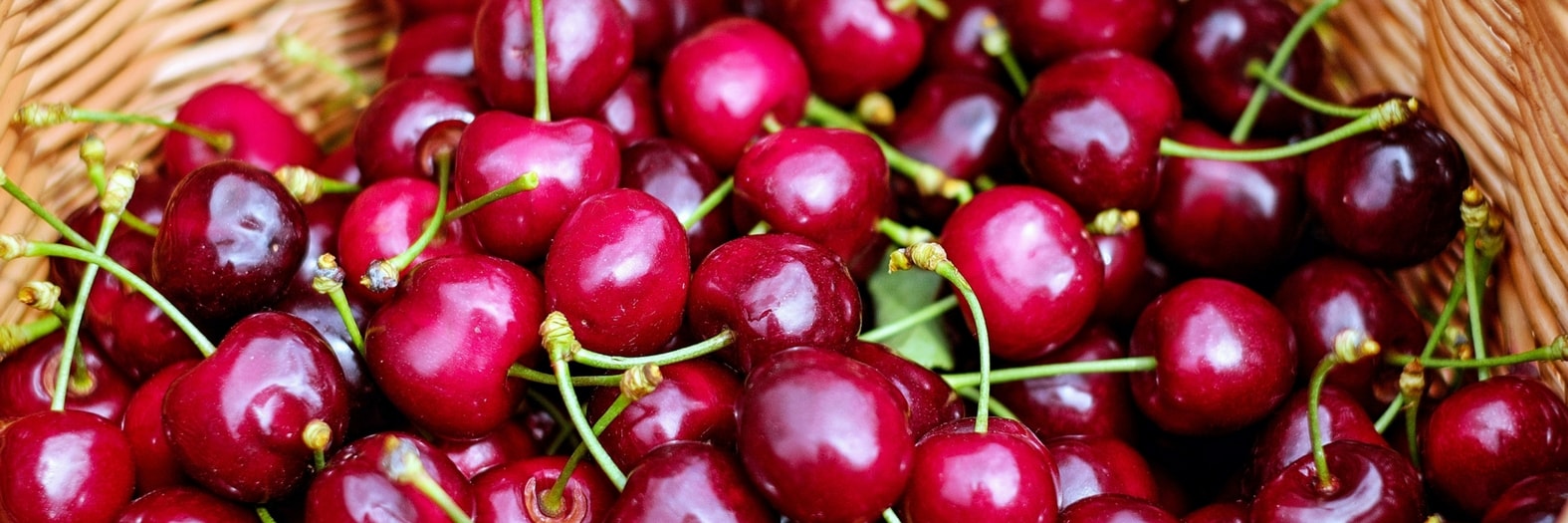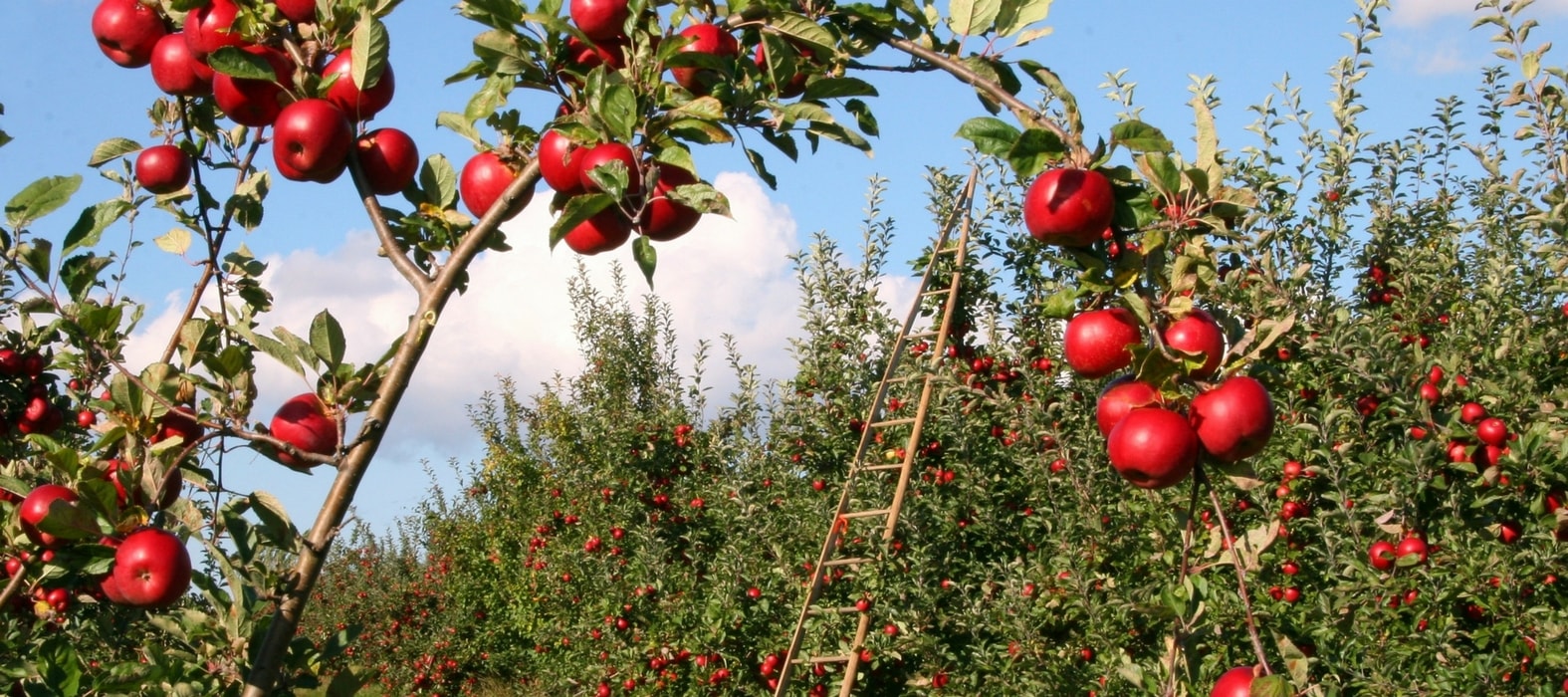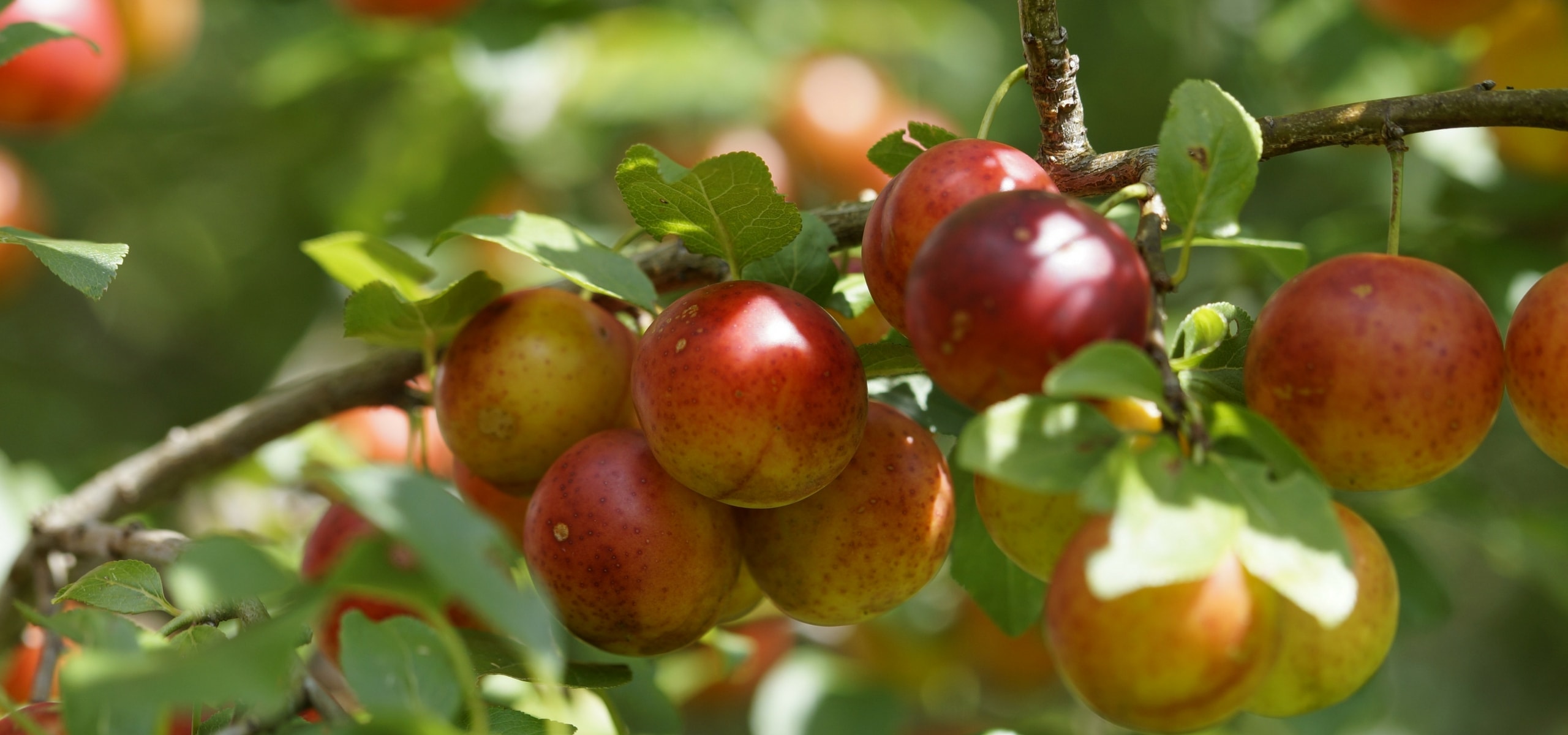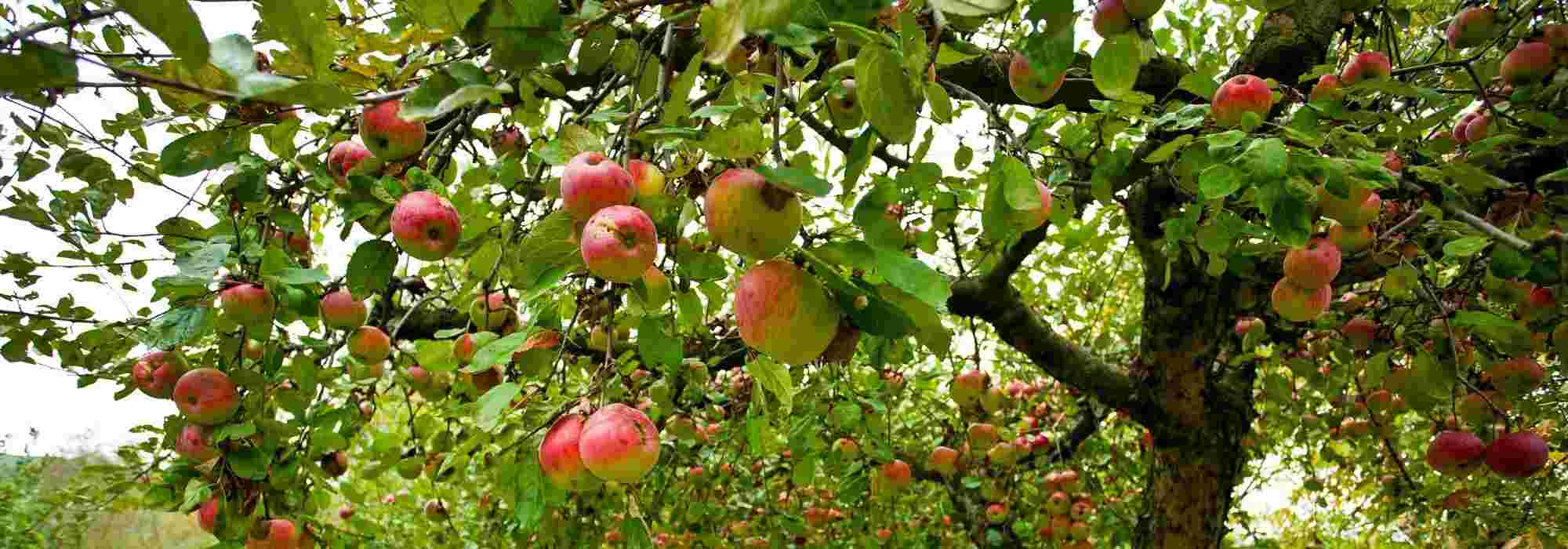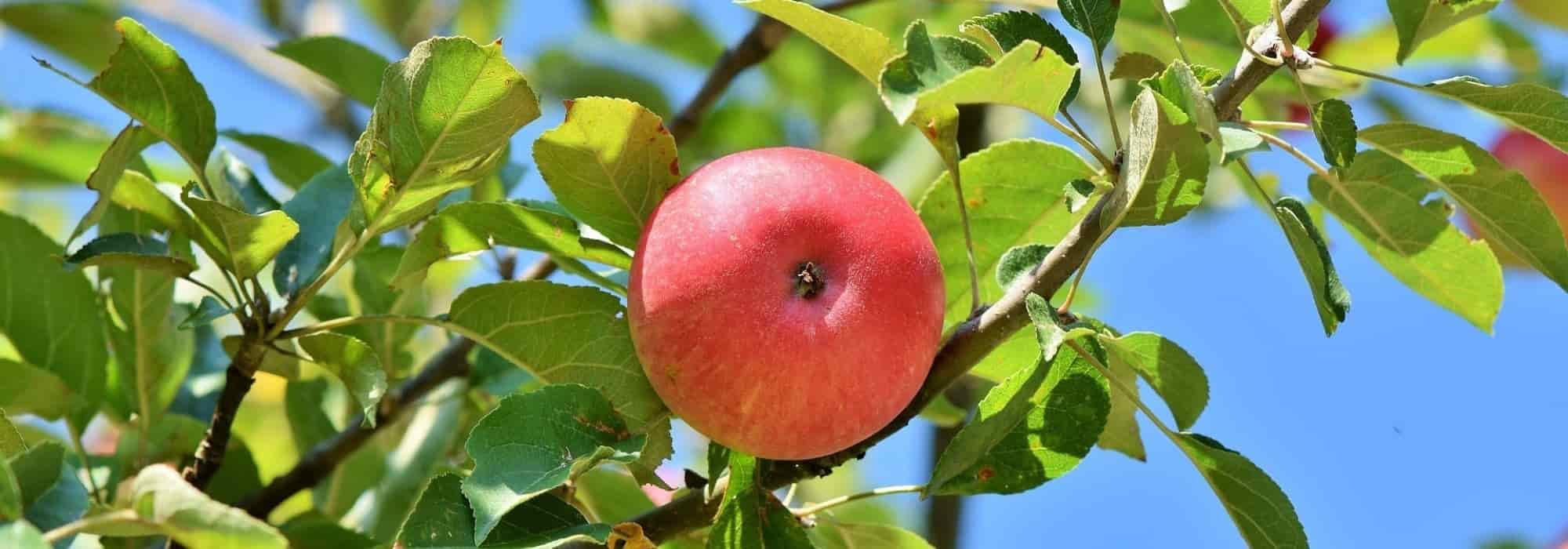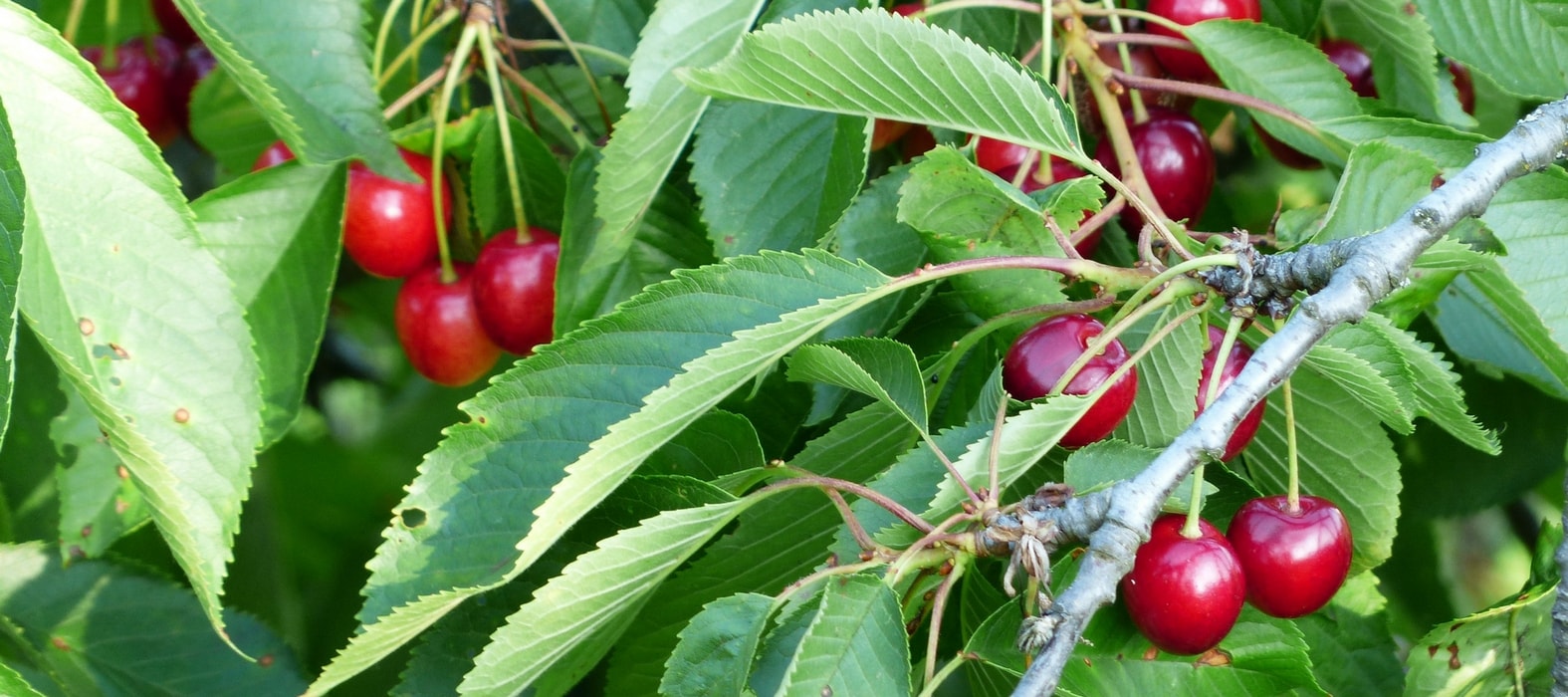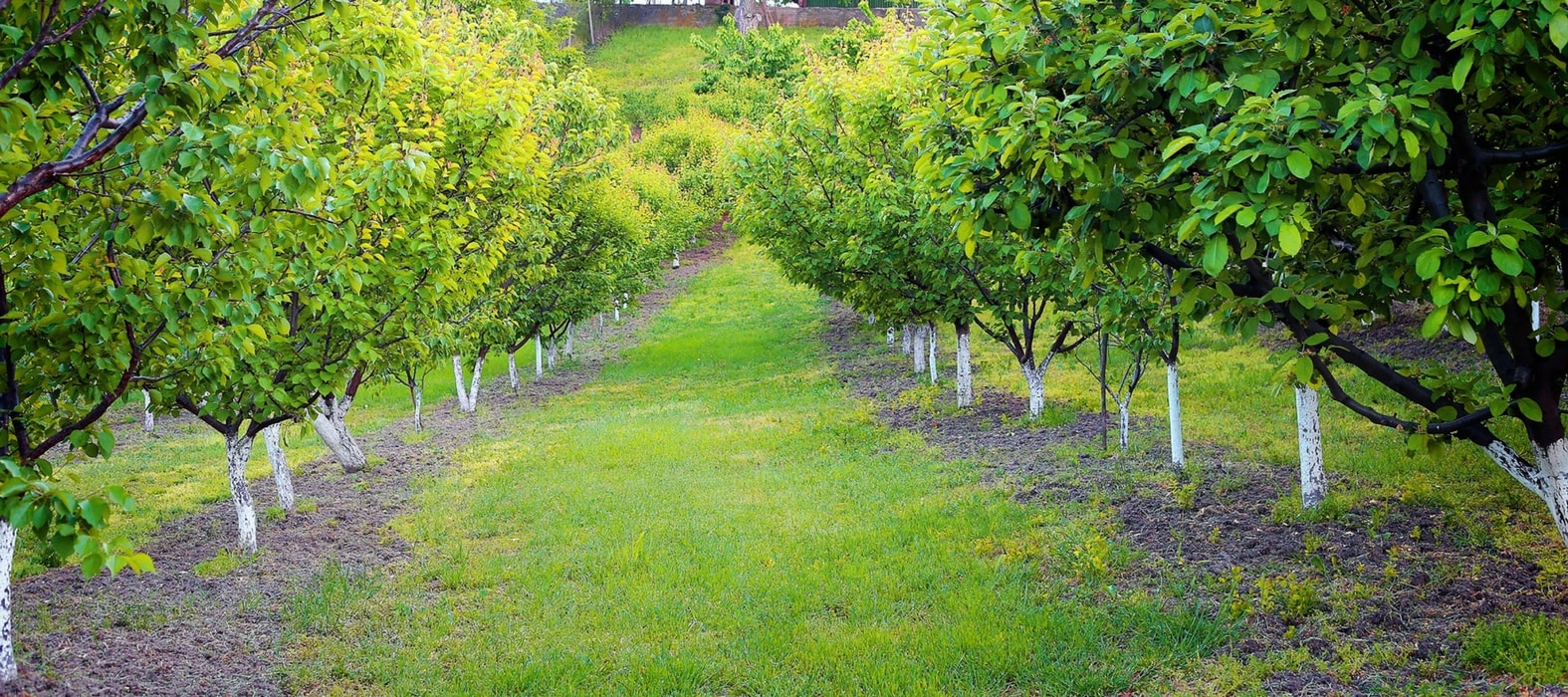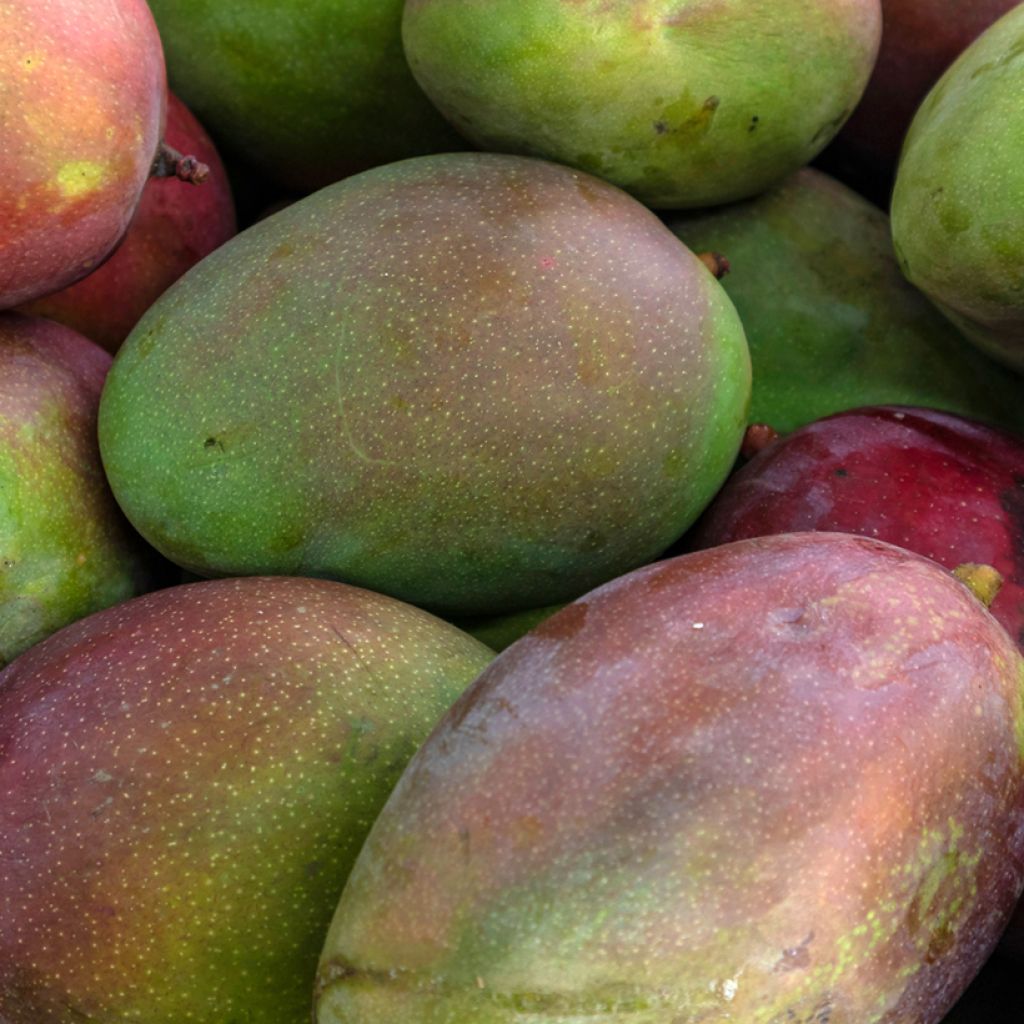

Mango tree Keitt - Mangifera indica
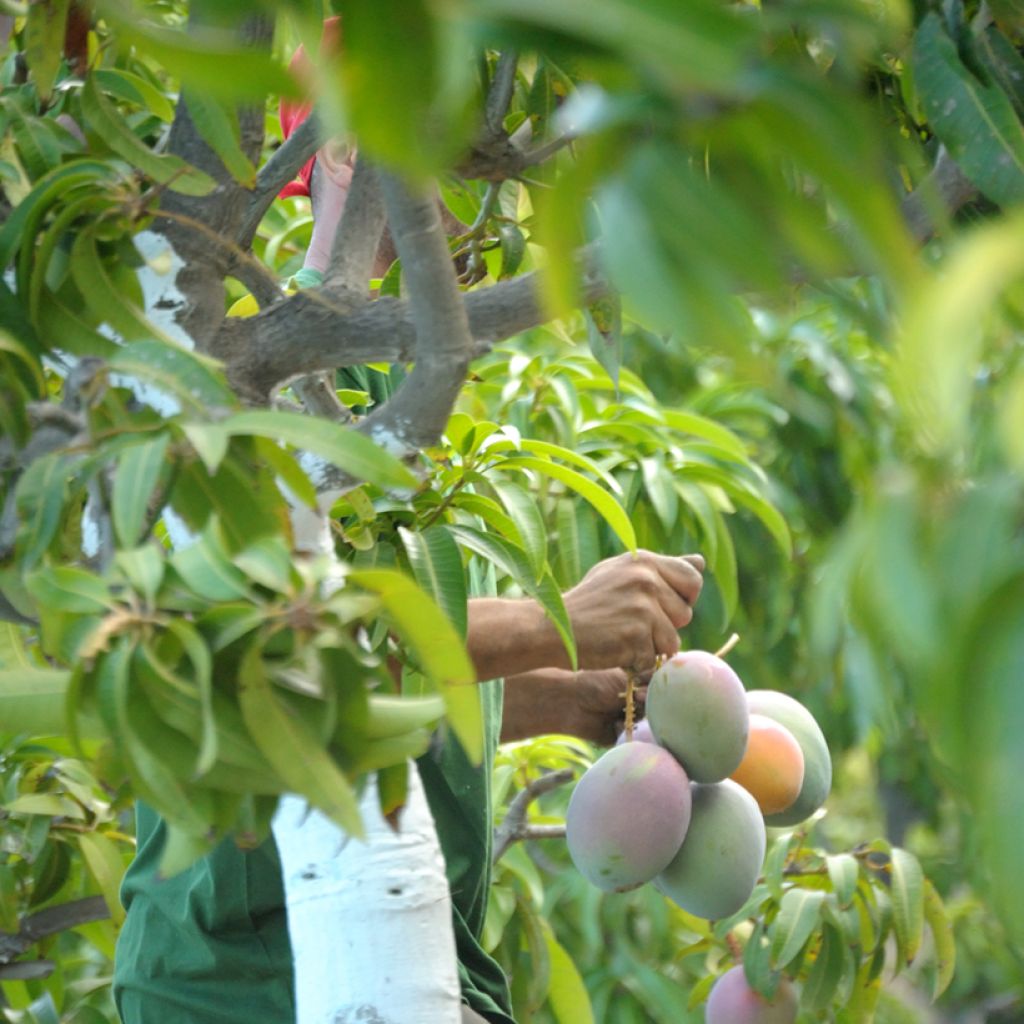

Mango tree Keitt - Mangifera indica
Mango tree Keitt - Mangifera indica
Mangifera indica Keitt
Mango
Special offer!
Receive a €20 voucher for any order over €90 (excluding delivery costs, credit notes, and plastic-free options)!
1- Add your favorite plants to your cart.
2- Once you have reached €90, confirm your order (you can even choose the delivery date!).
3- As soon as your order is shipped, you will receive an email containing your voucher code, valid for 3 months (90 days).
Your voucher is unique and can only be used once, for any order with a minimum value of €20, excluding delivery costs.
Can be combined with other current offers, non-divisible and non-refundable.
This plant carries a 6 months recovery warranty
More information
We guarantee the quality of our plants for a full growing cycle, and will replace at our expense any plant that fails to recover under normal climatic and planting conditions.
Description
Mangifera indica 'Keitt', a variety of mango tree developed in Florida in 1939, is cultivated in Europe in southern Spain for its delicious fruits. It produces large mangoes with a balanced sugar content and minimal fibre. Its evergreen, elongated, glossy dark green foliage also has significant ornamental value. Except in very mild regions, where outdoor cultivation might be attempted, it should be grown in a large container placed outdoors during the warmer months and then overwintered in a sheltered spot. Generally, one should appreciate its exotic appearance without expecting flowers or fruit.
The Mango tree belongs to the Anacardiaceae family. In our climate, this family is represented among fruit trees by the Pistachio tree (Pistacia vera) and among ornamental plants by the Sumac (Rhus). The Mangifera genus includes 69 species, distributed across tropical Asia, with only one cultivated for food purposes, Mangifera indica. Mango trees are evergreen, andromonoecious, meaning they bear hermaphroditic flowers composed of female (pistil) and male (stamen) sexual organs, characteristic of monoecious plants capable of self-fertilisation, as well as exclusively male flowers (andros = man in ancient Greek).
Mangifera indica originates from a continental region of Southeast Asia, primarily the Indo-Burmese monsoon region. It has been cultivated in India for over 4000 years, and its cultivation has spread to tropical and even subtropical zones, making it the second most important fruit crop after bananas. In its preferred regions, it forms a beautiful tree 10 to 20 metres tall, often with a spreading habit in cultivation, nearly as wide as it is tall, while isolated specimens tend to have a more upright silhouette with a less regular crown. In tropical orchards, its branching is very dense, giving it an appearance similar to umbrella pines in the south of France, but with a shorter trunk, which facilitates harvesting. Its foliage is decorative, consisting of narrow, elongated leaves, measuring 12 to 30 cm in length and only 3.5 to 6.5 cm in width, borne on a petiole 2 to 6 cm long. Their surface is glossy, and young leaves often take on a reddish to coppery hue as they emerge. The flowering takes the form of large terminal panicles measuring 20 to 35 cm in length, composed of 2000 to 5000 small greenish flowers. Flowering is triggered by cooler temperatures, such as those experienced in Southeast Asia between December and February, where they commonly range between 20-22°C at night and 28-30°C during the day. The flowering lasts only a few days, during which fertilisation occurs. This is followed by fruit set, the stage where fertilised flowers begin to form fruits, which can also last several weeks, and finally, fruit enlargement. In southern Spain, under the climate of the Costa Tropical, which is more Mediterranean than tropical, the 'Keitt' variety is sufficiently hardy to be cultivated, producing fruit from 20 October to 30 November. Its flowering is very late, and the climate likely also plays a role. Production occurs 4 years after planting in these southern Spanish orchards.
Generally very large, weighing between 300 and 600 g, sometimes even more, the fruits of 'Keitt' have a reddish-green epidermis to start with, turning orange-red when ripe. Their flesh is yellow-orange to orange and very little, if at all, fibrous, which is a real advantage for the pleasure of eating. Slightly less sweet than other varieties but sufficiently so to be delicious, this mango is also juicy and aromatic, with a slight touch of acidity. Mangoes are rich in vitamin C, with an 80 g portion containing 29 mg, as well as vitamins A and B.
The Mango tree is a very tender tropical tree with specific requirements in terms of temperature and humidity. Its cultivation is possible in the mildest areas, but remains highly uncertain in terms of results. Even in favourable climatic zones, the fruit set rate is very low, less than 1/1000 (which is compensated by the incredible number of flowers). It requires both a wet season for growth and a dry season reinforced by a drop in temperatures to trigger floral initiation. Container cultivation, essential almost everywhere, will allow enjoyment for a few years and appreciation of the plant's beautiful foliage (without expecting flowering or fruiting). However, the mango tree's deep taproot system will certainly limit this approach.
Report an error about the product description
Mango tree Keitt - Mangifera indica in pictures
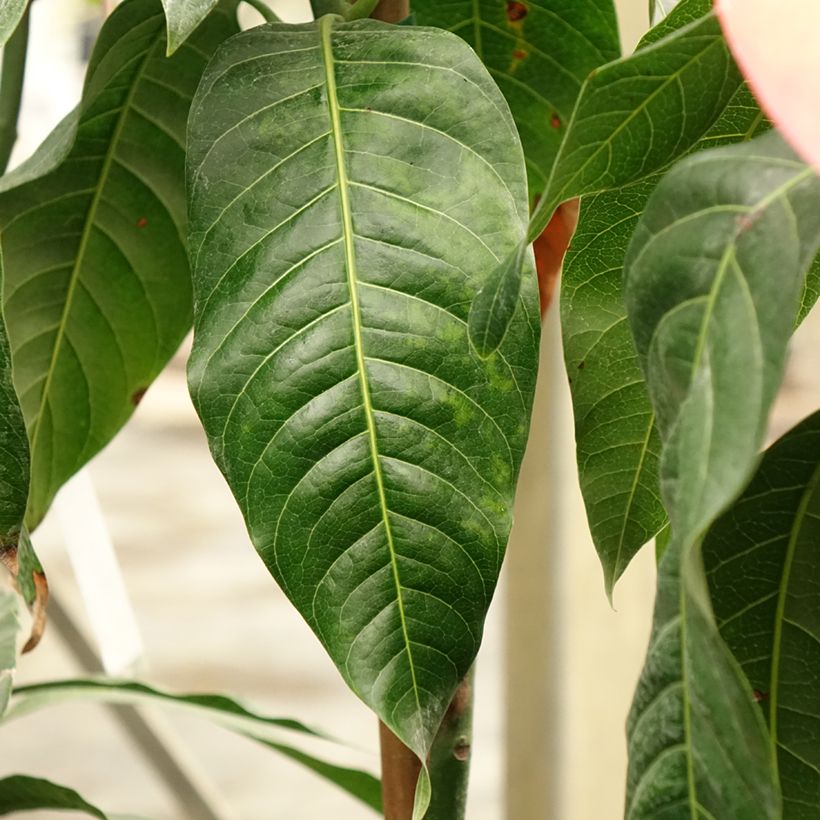

Plant habit
Fruit
Flowering
Foliage
Botanical data
Mangifera
indica
Keitt
Anacardiaceae
Mango
Mangifera mekongensis, Mangifera amba, Mangifera austroyunnanensis, Mangifera siamensis
Cultivar or hybrid
Other Mango Tree - Mangifera indica
View all →Planting and care
Plant Mangifera indica 'Keitt' in a large pot, ideally in a conservatory or temperate greenhouse, even indoors. The Mango tree thrives in full light in a sandy, neutral to slightly acidic substrate, remaining moist while being well-drained. The optimal growing temperature for the mango tree is between 21°C and 26°C. Cold affects it as soon as temperatures drop below 0°C or -1°C. In summer, the temperatures of our interiors suit it perfectly, and in winter, a very bright room at 15°C satisfies it. In summer, you can move it to the garden once night temperatures exceed 8°C, under light shade to acclimatise it, in a well-sheltered and warm position. Plan for frequent watering in summer to keep the substrate slightly moist.
Plant it in a mixture of compost and sand. Add compost or well-rotted manure at the time of planting. Apply fertiliser every two weeks from spring to autumn.
You can try growing it in the ground in very mild areas. It is cultivated in the far south of Spain (on the Costa Tropical).
Planting period
Intended location
Care
Planting & care advice
This item has not been reviewed yet - be the first to leave a review about it.
Haven't found what you were looking for?
Hardiness is the lowest winter temperature a plant can endure without suffering serious damage or even dying. However, hardiness is affected by location (a sheltered area, such as a patio), protection (winter cover) and soil type (hardiness is improved by well-drained soil).

Photo Sharing Terms & Conditions
In order to encourage gardeners to interact and share their experiences, Promesse de fleurs offers various media enabling content to be uploaded onto its Site - in particular via the ‘Photo sharing’ module.
The User agrees to refrain from:
- Posting any content that is illegal, prejudicial, insulting, racist, inciteful to hatred, revisionist, contrary to public decency, that infringes on privacy or on the privacy rights of third parties, in particular the publicity rights of persons and goods, intellectual property rights, or the right to privacy.
- Submitting content on behalf of a third party;
- Impersonate the identity of a third party and/or publish any personal information about a third party;
In general, the User undertakes to refrain from any unethical behaviour.
All Content (in particular text, comments, files, images, photos, videos, creative works, etc.), which may be subject to property or intellectual property rights, image or other private rights, shall remain the property of the User, subject to the limited rights granted by the terms of the licence granted by Promesse de fleurs as stated below. Users are at liberty to publish or not to publish such Content on the Site, notably via the ‘Photo Sharing’ facility, and accept that this Content shall be made public and freely accessible, notably on the Internet.
Users further acknowledge, undertake to have ,and guarantee that they hold all necessary rights and permissions to publish such material on the Site, in particular with regard to the legislation in force pertaining to any privacy, property, intellectual property, image, or contractual rights, or rights of any other nature. By publishing such Content on the Site, Users acknowledge accepting full liability as publishers of the Content within the meaning of the law, and grant Promesse de fleurs, free of charge, an inclusive, worldwide licence for the said Content for the entire duration of its publication, including all reproduction, representation, up/downloading, displaying, performing, transmission, and storage rights.
Users also grant permission for their name to be linked to the Content and accept that this link may not always be made available.
By engaging in posting material, Users consent to their Content becoming automatically accessible on the Internet, in particular on other sites and/or blogs and/or web pages of the Promesse de fleurs site, including in particular social pages and the Promesse de fleurs catalogue.
Users may secure the removal of entrusted content free of charge by issuing a simple request via our contact form.
The flowering period indicated on our website applies to countries and regions located in USDA zone 8 (France, the United Kingdom, Ireland, the Netherlands, etc.)
It will vary according to where you live:
- In zones 9 to 10 (Italy, Spain, Greece, etc.), flowering will occur about 2 to 4 weeks earlier.
- In zones 6 to 7 (Germany, Poland, Slovenia, and lower mountainous regions), flowering will be delayed by 2 to 3 weeks.
- In zone 5 (Central Europe, Scandinavia), blooming will be delayed by 3 to 5 weeks.
In temperate climates, pruning of spring-flowering shrubs (forsythia, spireas, etc.) should be done just after flowering.
Pruning of summer-flowering shrubs (Indian Lilac, Perovskia, etc.) can be done in winter or spring.
In cold regions as well as with frost-sensitive plants, avoid pruning too early when severe frosts may still occur.
The planting period indicated on our website applies to countries and regions located in USDA zone 8 (France, United Kingdom, Ireland, Netherlands).
It will vary according to where you live:
- In Mediterranean zones (Marseille, Madrid, Milan, etc.), autumn and winter are the best planting periods.
- In continental zones (Strasbourg, Munich, Vienna, etc.), delay planting by 2 to 3 weeks in spring and bring it forward by 2 to 4 weeks in autumn.
- In mountainous regions (the Alps, Pyrenees, Carpathians, etc.), it is best to plant in late spring (May-June) or late summer (August-September).
The harvesting period indicated on our website applies to countries and regions in USDA zone 8 (France, England, Ireland, the Netherlands).
In colder areas (Scandinavia, Poland, Austria...) fruit and vegetable harvests are likely to be delayed by 3-4 weeks.
In warmer areas (Italy, Spain, Greece, etc.), harvesting will probably take place earlier, depending on weather conditions.
The sowing periods indicated on our website apply to countries and regions within USDA Zone 8 (France, UK, Ireland, Netherlands).
In colder areas (Scandinavia, Poland, Austria...), delay any outdoor sowing by 3-4 weeks, or sow under glass.
In warmer climes (Italy, Spain, Greece, etc.), bring outdoor sowing forward by a few weeks.






























